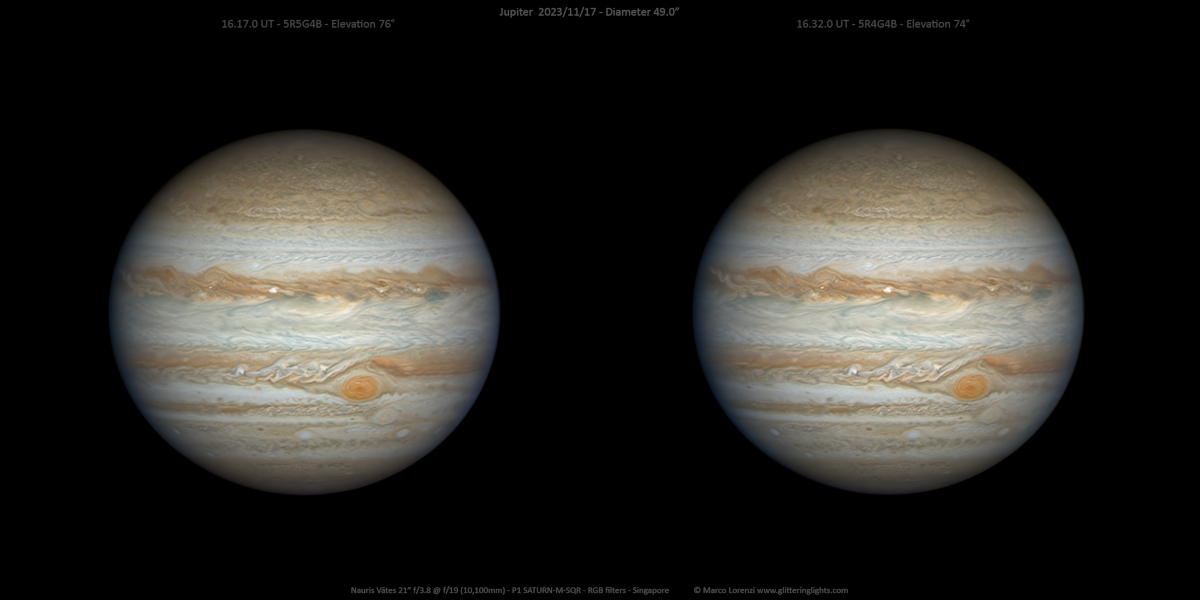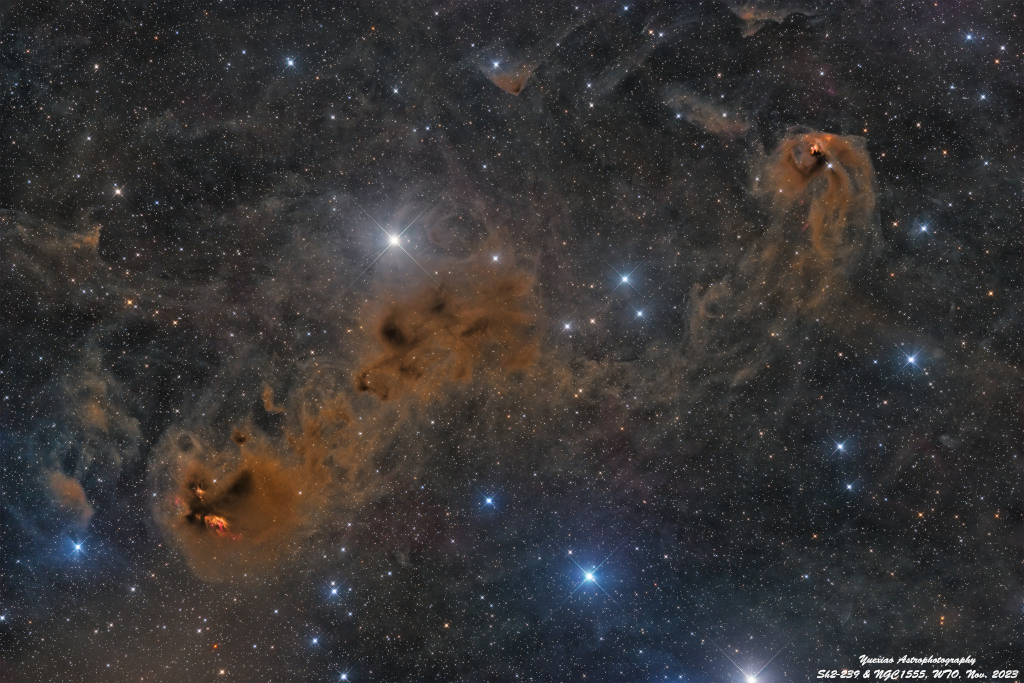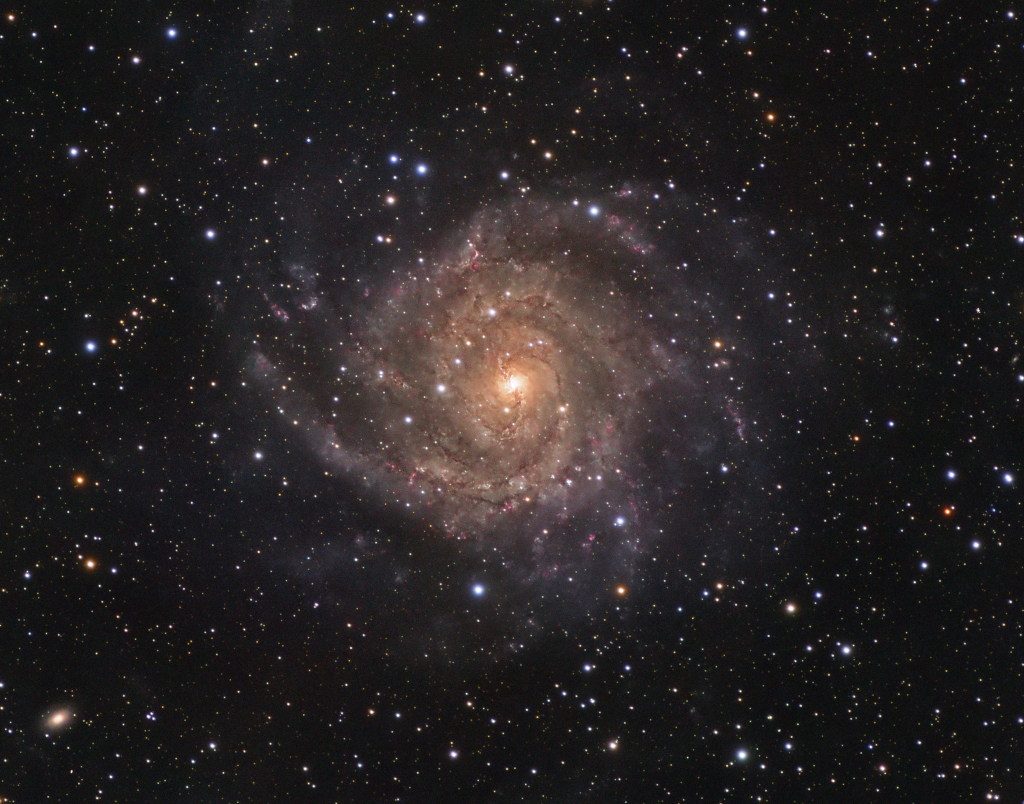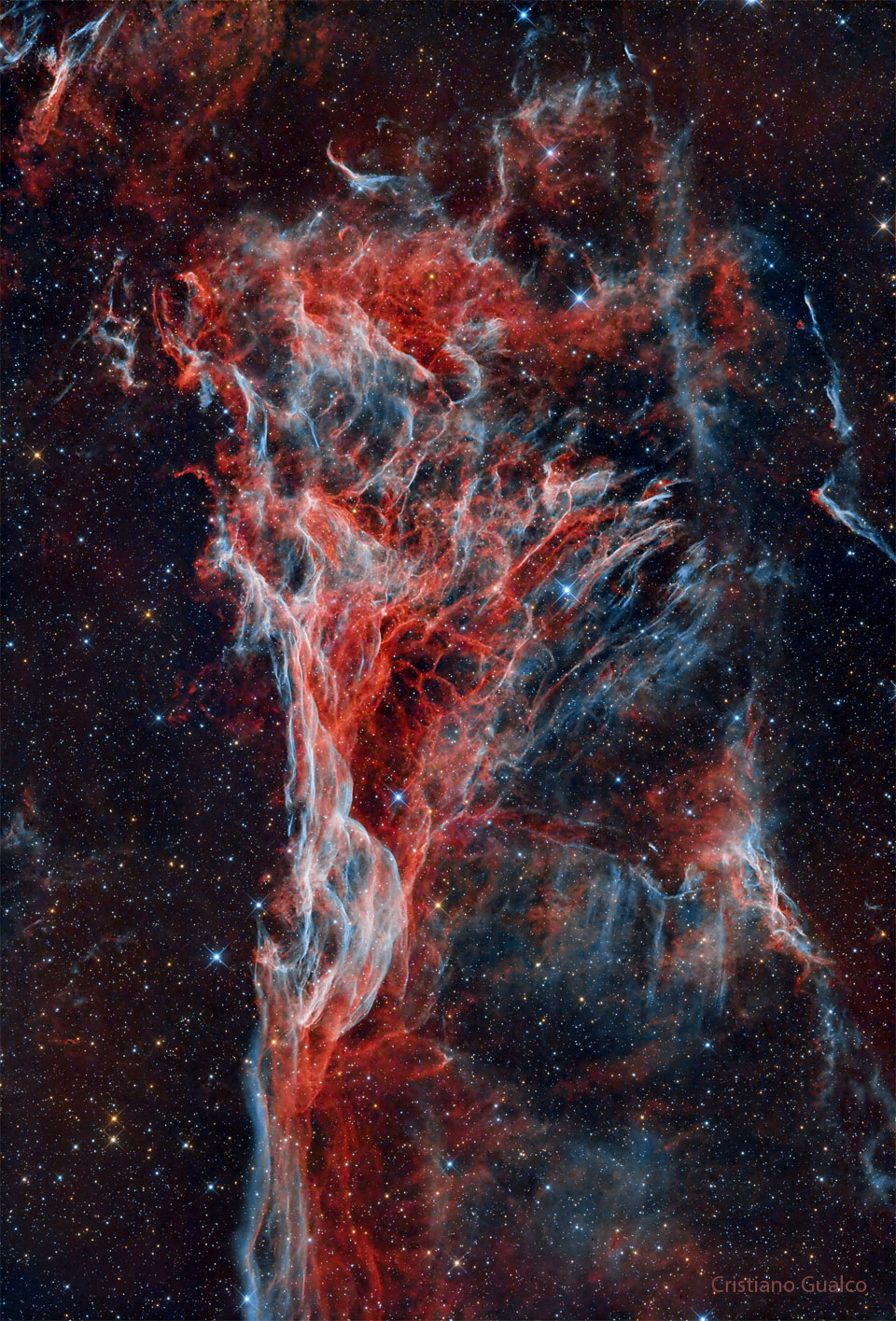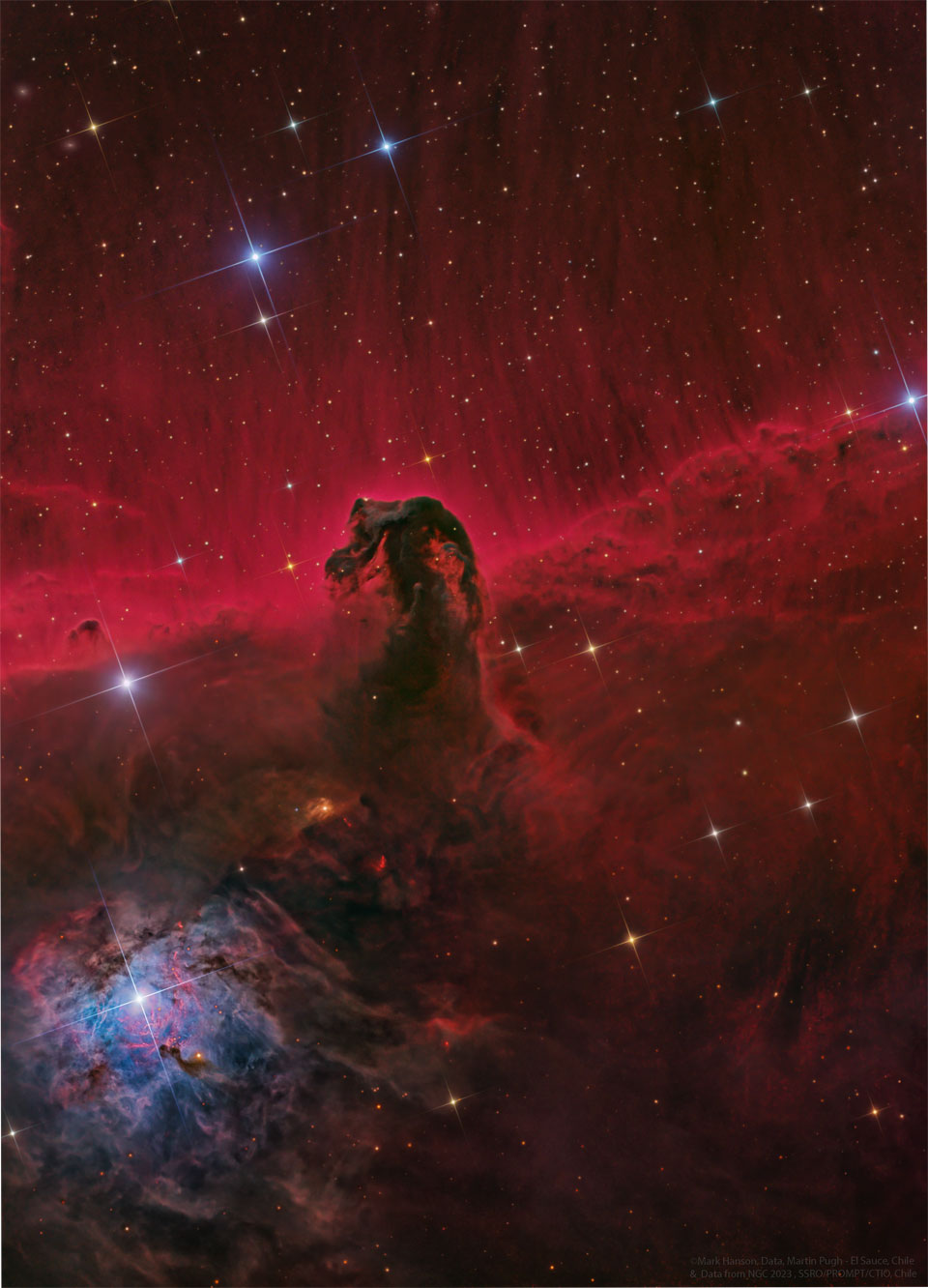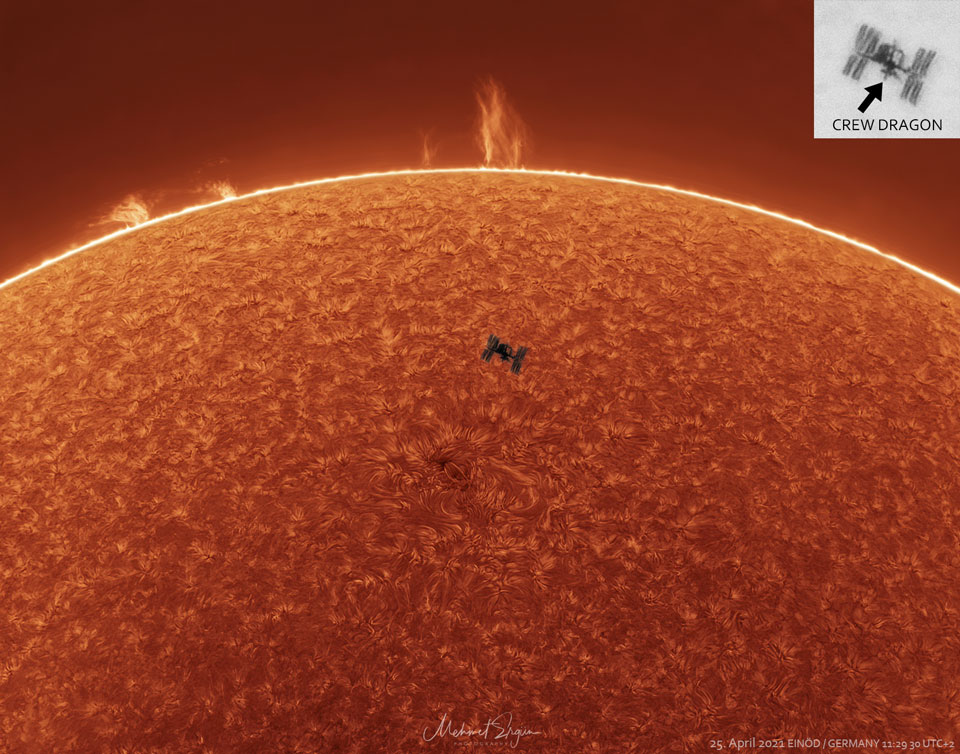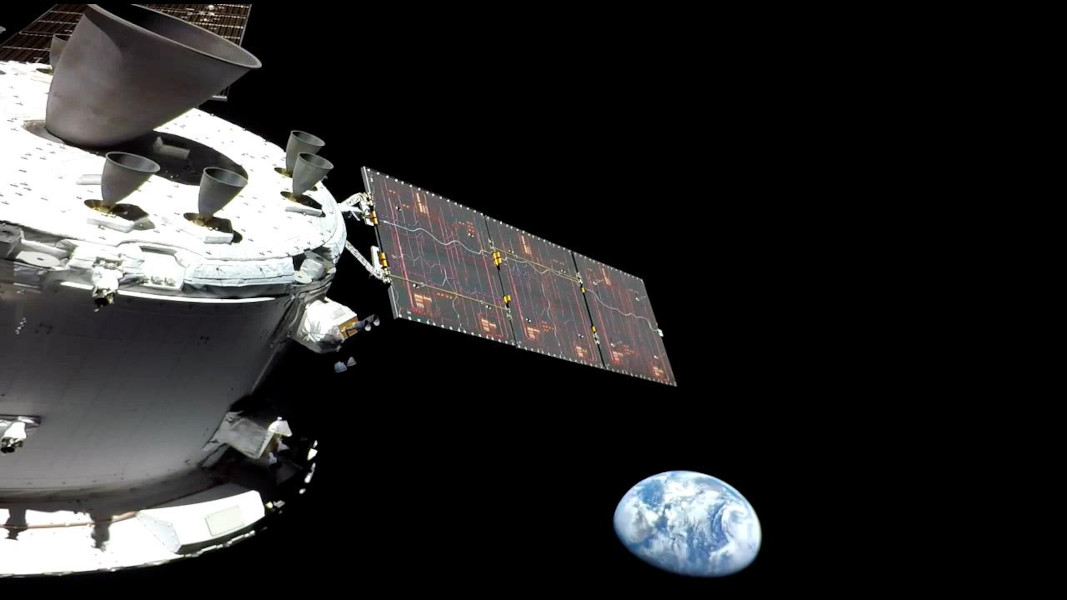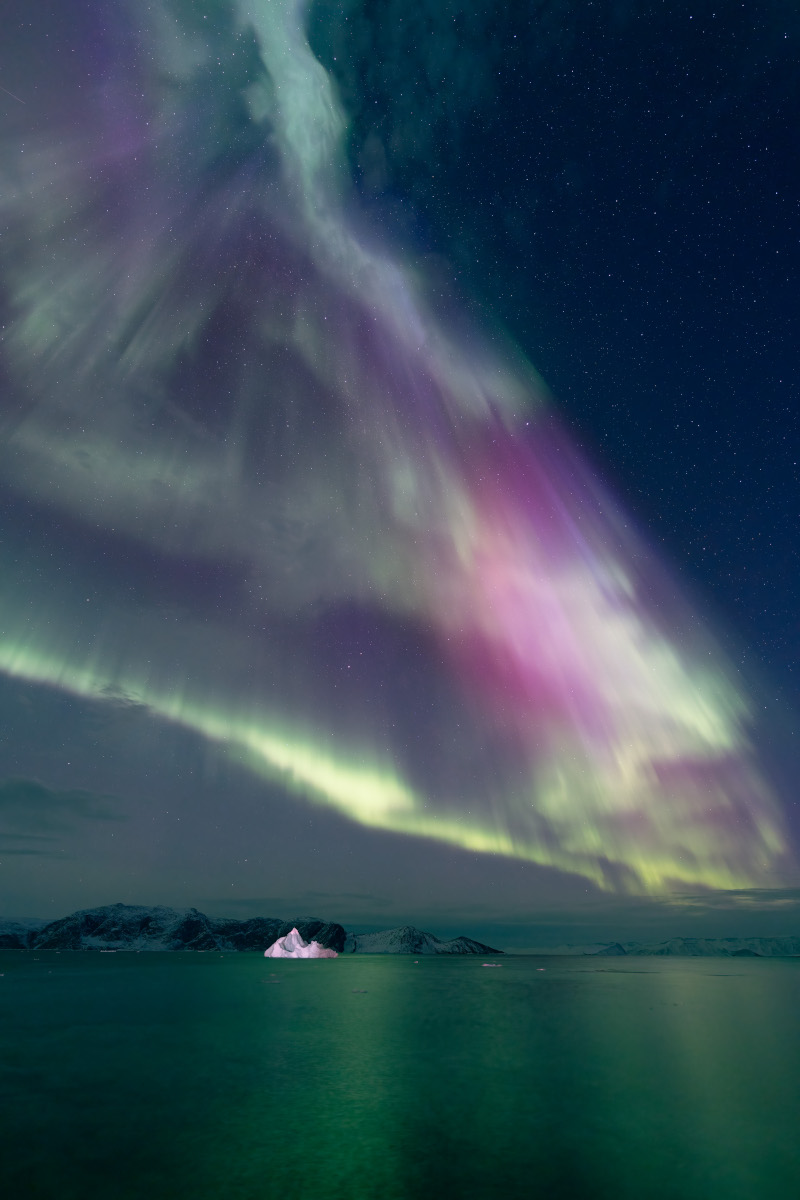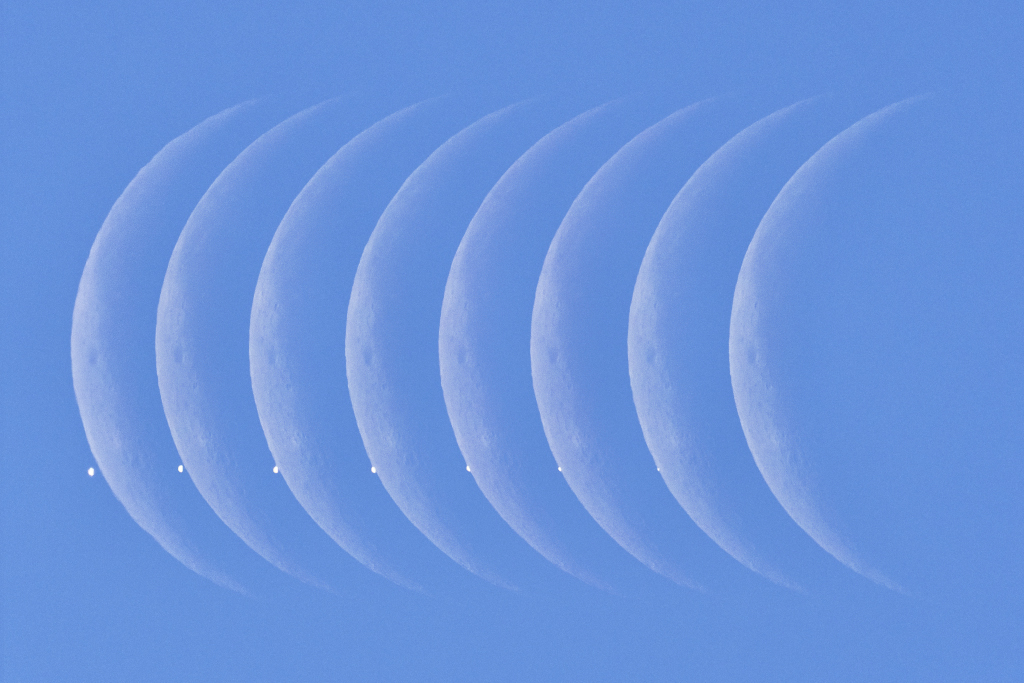안녕하세요, 잡학다식 입니다. 오늘은 과연 나사에서 어떤 방식으로 우주의 형상을 표현해 줄까요?
우선 이미지부터 볼 수 있도록 하겠습니다
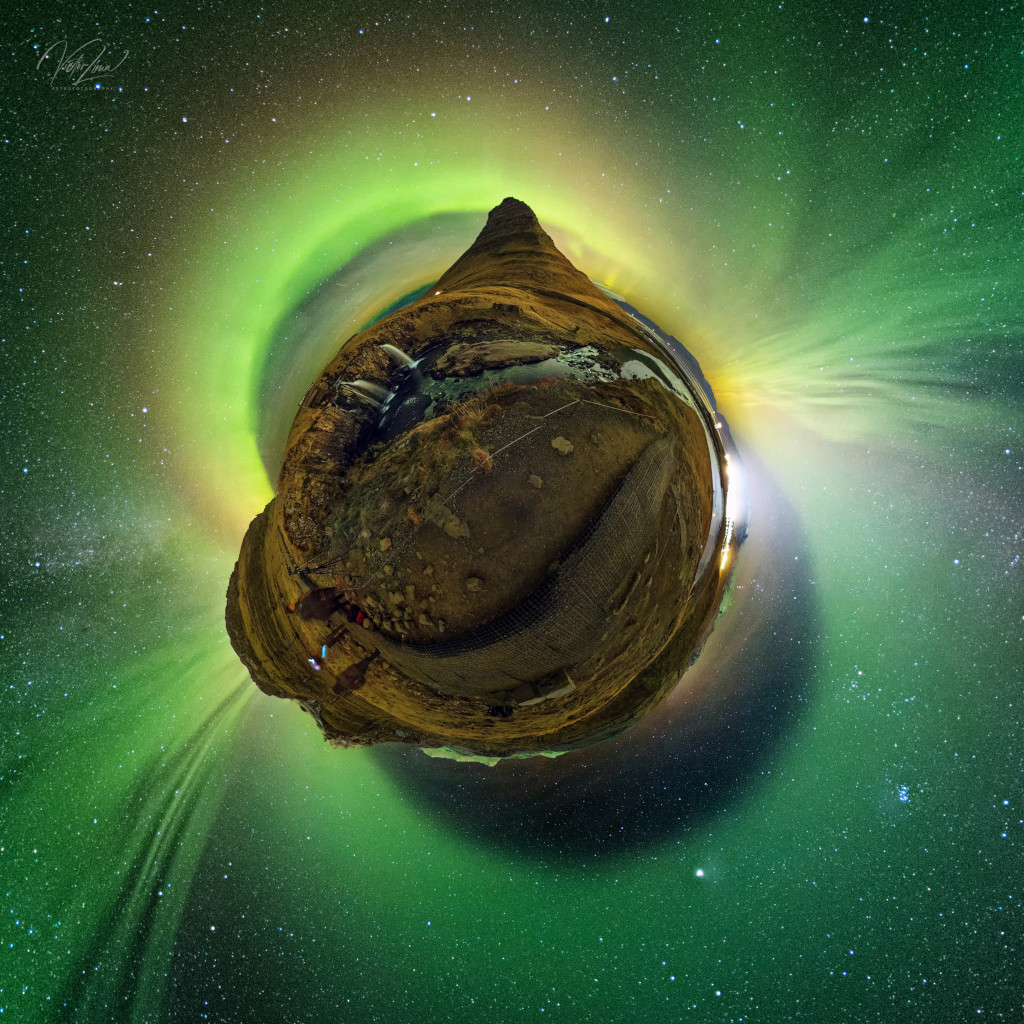
해당 사진의 이름은 Little Planet Aurora 인데요 우선 NASA에서 공식적으로 발표한 설명들을 확인해 보겠습니다
Immersed in an eerie greenish light, this rugged little planet appears to be home to stunning water falls and an impossibly tall mountain. It's planet Earth of course. On the night of November 9 the nadir-centered 360 degree mosaic was captured by digital camera from the Kirkjufell mountain area of western Iceland. Curtains of shimmering Aurora Borealis or Northern Lights provide the pale greenish illumination. The intense auroral display was caused by solar activity that rocked Earth's magnetosphere in early November and produced strong geomagnetic storms. Kirkjufell mountain itself stands at the top of the stereographic projection's circular horizon. Northern hemisphere skygazers will recognize the familiar stars of the Big Dipper just above Kirkjufell's peak. At lower right the compact Pleiades star cluster and truly giant planet Jupiter also shine in this little planet's night sky.
이번에도 광활한 우주 앞에 인간이 얼마나 작은 존재인지 다시 한번 알게 되는것 같습니다
저는 내일도 더 좋은 사진과 함께 돌아오겠습니다, 그럼 행목한 하루 되시길 바랍니다
'과학상식' 카테고리의 다른 글
| NASA 나사의 오늘의 이미지들 (2023-11-27) (0) | 2023.11.28 |
|---|---|
| NASA 나사의 오늘의 이미지들 (2023-11-26) (0) | 2023.11.27 |
| NASA 나사의 오늘의 이미지들 (2023-11-24) (1) | 2023.11.25 |
| NASA 나사의 오늘의 이미지들 (2023-11-23) (0) | 2023.11.24 |
| NASA 나사의 오늘의 이미지들 (2023-11-22) (0) | 2023.11.23 |
